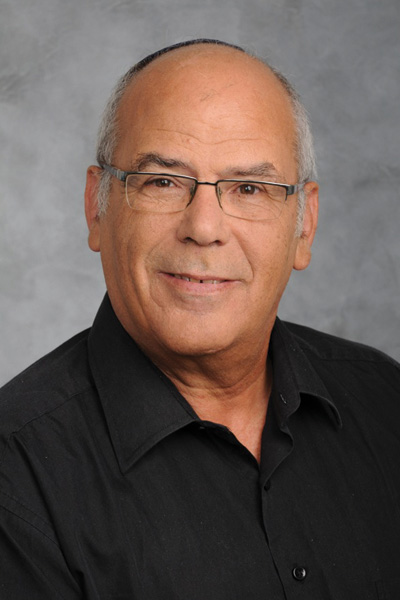Scientific Program

Aharon Gedanken
Bar-Ilan University, Israel
Biography:
Prof. (Emeritus) Aharon Gedanken, of the Department of Chemistry, is a member of the Nano Materials Center at the Institute of Nanotechnology and Advanced Materials (BINA), and a recipient of the President of Israel Achievement Award for coordination of a European Funded Research. Gedanken is a pioneer of sonochemistry – a discipline in which chemical reactions are accelerated through the application of ultrasonic sound waves. His many discoveries include a process that removes heavy metals ions from polluted water using aquatic plants and microwave radiation - a fast and low-cost method for producing purified water on the one hand, and metallic nanoparticles on the other hand.
Abstract
Sonochemistry is an excellent technique to coat nanomaterials on various substrates, imparting new properties to the substrates. After a short demonstration of coating NPs on ceramics and stainless steel, I'll present the coating of textiles such as polyester, cotton, and nylon. In all cases a homogeneous coating of NPs was achieved. Silver is known for generations as antibacterial, and indeed the Ag NPs have killed the gram-negative E. Coli (strain 1313) as well as the gram-positive Staphylococus aureus (strain 195) bacteria very efficiently. Lately, the FDA shows less enthusiasm towards nanoAg, as a result, we have moved to NPs of ZnO, and CuO as antibacterial agents. They were coated on the above-mentioned fabrics and showed excellent antibacterial properties. The coated textiles were examined for the changes in the mechanical strength of the fabric. A special attention was dedicated to the question whether the NPs are leaching off the fabric when washed repeatedly. The coated ZnO NPs on cotton underwent 65 washing cycles at 92 0 C in water in a Hospital washing machine, no NPs were found in the washing solution and the antibacterial behavior was maintained. Recently, an experiment was conducted at PIGOROV Hospital in Sofia, Bulgaria in which one operation room was equipped with antibacterial textiles, namely, bed sheets, pajamas, pillow cover, and bed cover. 22 Patients in this operation room were probed for bacterial infections. Their infection level was compared with 17 control patient that were using regular textiles. The results are demonstrating that a lower infection level is observed for those patient exposed to the antibacterial textiles. Lately, we have synthesized NPs of a new material, Cu0.89Zn0.11O that kills bacteria 10,000 times better than ZnO or CuO. The mechanism of the killing was studied and will be presented. Coating medical devices was our next step. We have coated (Catheters, Contact lenses, Silicon Implants, cochlear electrodes) with the above-mentioned metal oxides NPs as well as with MgF2 NPs.
Coating of Catheters with the above mentioned NPs were performed and the coated catheters were inserted in rabbits. Results showed that the urine of the rabbits was not contaminated with
bacteria and the growth of biofilm on the Catheters is avoided.
- Green Nanotechnology
- Nanoengineering
- Nanobiotechnology
- Graphenes and 2D Materials
- Nanoelectronics
- Nanomechanics
- Nanophotonics
- Cancer Nanotechnology
- Nano Pharmaceuticals
- Nanotoxicity
- Recent Innovations

